Thinking about installing security cameras but not sure where to start? You’re not alone. Knowing where to place your cameras can be the difference between catching something important and missing it entirely. From front doors to backyards—and the mistakes many people don’t realize they’re making—this guide breaks down the smartest spots (and a few to avoid), plus easy setup tips that actually work.
Where to Put Security Cameras for Maximum Safety
Knowing where to place your security cameras can make all the difference. A well-positioned camera not only captures footage but also acts as a visible deterrent and real-time alert system. With so many entry points and blind spots, it’s not always clear where to start. This room-by-room guide will help you cover the most vulnerable areas and create a smarter, safer setup.
1.Front Door
The front door is the main entrance to your home—and often the first place trouble starts. From package thieves to unexpected visitors, this spot sees a lot of action. Installing a camera here allows you to monitor every knock, ring, or suspicious glance. A smart video doorbell is ideal because it blends visibility with functionality. With aosu’s Video Doorbell, you’ll get real-time notifications, HD video, and two-way audio, all accessible from your phone. Whether you're at work or on vacation, you’ll always know who’s at the door.
2.Back and Side Doors
These secondary entry points are favorites among intruders precisely because homeowners tend to overlook them. A camera above your back or side door can catch movement that might go completely unnoticed otherwise. Make sure the angle covers not only the door itself but also any pathway leading up to it. If you live in a townhouse or a home with a rear alley, coverage here is absolutely essential. Weatherproofing and motion detection are must-haves for these locations.
3.Ground-Floor Windows
Ground-level windows, especially those hidden behind shrubs or fences, are easy access points for break-ins. Install outdoor cameras angled slightly downward toward these windows from outside, or place indoor cameras that face them from the inside. Either way, visibility is key. Don’t let foliage block the view, and if privacy is a concern, use smart privacy zones to filter what the camera records. This setup is especially useful in quiet neighborhoods where suspicious activity can go unnoticed.
4.Driveway and Garage
Cars, bikes, and tools make your driveway and garage attractive targets. Whether you park outside or store packages in your garage, surveillance here helps prevent theft and property damage. A camera pointed at your driveway can capture license plates, while one inside or just above the garage door offers a second layer of protection. Curious about optimal setup? Check out aosu’s in-depth guide to securing garage doors—it’s packed with placement strategies for maximum coverage.
5.Main Hallways or Staircases
Once someone enters your home, hallways and staircases become highways of movement. Installing a camera here allows you to track where someone goes next—especially helpful in larger homes or multi-level layouts. Choose a ceiling or upper-wall mount that captures from above without being intrusive. This also doubles as a smart way to check on kids coming home or pets exploring during the day.
6.Living Room or Common Areas
Your living room is the heart of daily life. It’s where guests gather, kids play, and valuables like TVs or game consoles often sit. A well-placed camera here offers peace of mind when you’re away. You’ll be able to check in with family, monitor unexpected motion, or even catch a pet on the couch when they think no one’s watching. Choose a model that blends into your decor, preferably one with a wide field of view and night vision for 24/7 monitoring.
7.Backyard or Garden
Whether it’s a family barbecue, the kids’ playground, or just a quiet place to relax, your backyard deserves protection too. Many homeowners neglect this area, assuming it’s hidden or secure—but low fences, back gates, and wooded surroundings can make it a prime entry point. Place a camera with infrared or spotlight features overlooking patios, gates, or garden paths. It’s also a great way to keep an eye on pets and outdoor deliveries like firewood or furniture.
8.Basement or Low-traffic Areas
Basements are often out of sight and out of mind, which makes them attractive to intruders. If your basement has a door or windows, or stores valuables, it’s worth installing a camera. Look for one with strong low-light performance to handle dim conditions. These cameras are also helpful for monitoring utility areas like furnace rooms, sump pumps, or water heaters—early detection of leaks or other issues can prevent costly repairs.
Privacy First: 3 Places to Avoid Installing Security Cameras
Security is important—but so is privacy. While it’s tempting to cover every corner of your home, certain areas should remain off-limits for cameras. Ignoring these boundaries can lead to legal issues, damage relationships, or simply make people feel uncomfortable in their own space. Here are three places you should never install a security camera:
1.Bathrooms
Bathrooms are universally considered private zones, and placing a camera here is not just unethical—it’s illegal in many regions. Even in your own home, recording in a bathroom creates serious privacy concerns for family members, guests, or anyone else who uses the space. No matter how well-intentioned, there’s no acceptable reason to monitor this area. Instead, focus on monitoring the hallway or common areas nearby if you're concerned about movement within the home.
2.Bedrooms (Especially in Shared Homes)
Bedrooms are personal sanctuaries where people expect privacy. Unless you're using a dedicated baby monitor in a nursery, placing cameras in bedrooms should be avoided—especially if you live with roommates, rent out part of your home, or host Airbnb guests. Recording in these spaces can feel invasive, even if you don’t intend to watch the footage. If you need to secure valuable belongings, consider a lockbox or a discreet motion sensor in the room that doesn’t capture video.
3.Your Neighbor’s Property or Shared Spaces
Pointing your camera toward your neighbor’s yard, driveway, windows, or shared spaces like a communal hallway or alley can quickly cross the line into illegal surveillance. Even if your intention is to cover more area, this setup can lead to neighbor disputes or, worse, legal action. In many countries, this touches on the legal principle of surveillance and privacy rights, which protect individuals from being recorded in places where they reasonably expect privacy—even if those areas are visible from your property. To stay compliant, adjust your camera angle to capture only your property. Many modern cameras also offer privacy zones, allowing you to block out specific areas from being recorded—use them to protect your neighbor’s privacy as much as your own.
Smart Tips for Outdoor Security Camera Placement
Outdoor security cameras are your home’s first line of defense—but only if they’re installed correctly. A poorly placed camera can miss key activity, create false alerts, or even fail when you need it most. Here are five expert-approved tips to help you get the best results from your outdoor setup:

1.Mount 8 to 10 Feet High
Positioning your camera at the right height is key to getting a clear, wide view while keeping it out of reach from tampering. Eight to ten feet is considered the sweet spot—it’s high enough to capture full-body motion without being easily disabled, and low enough to maintain facial recognition clarity. If you're installing above a garage or patio, adjust the angle slightly downward to minimize blind spots near the base of your wall or door.
2.Avoid Direct Sunlight
While natural light is helpful, direct sunlight can actually ruin your footage. It causes glare, creates harsh shadows, and may interfere with motion detection. Try to place your camera under a roof overhang or angle it so the sun isn’t in its direct line of sight—especially during peak daylight hours. For west- or east-facing walls, using cameras with Wide Dynamic Range (WDR) can help balance lighting in scenes with strong backlight.
3.Keep Cameras Visible
It might seem strategic to hide your security cameras, but visible placement actually works in your favor. A clearly visible camera acts as a powerful deterrent—most burglars are less likely to target homes that look protected. Position your camera where it's obvious but not intrusive, like above a front porch light or near the top of a fence post. It shows you’re watching, without making your home feel like a fortress. This idea is supported by situational crime prevention, which emphasizes making criminal activity more risky and visible to discourage attempts.
4.Protect from the Element
Outdoor cameras are built tough, but they still need a little help. Rain, snow, wind, and even insects can impact performance over time. Always use weatherproof cameras (look for IP65 or higher ratings) and mount them under eaves, awnings, or custom housings when possible. In regions with extreme weather, lens covers or anti-fog film can help keep your view clear year-round. Don’t forget to regularly check for dust, spiderwebs, or water spots on the lens.
5.Stay Clear of Obstructions
No matter how high-tech your camera is, it won’t work if it’s blocked. Avoid placing cameras too close to bushes, tree branches, hanging decorations, or even motion-triggered lights that can reflect off the lens. Obstructions can trigger false alarms or block important footage. After installation, always test your camera’s live view to make sure the lens is unobstructed and the angle captures the intended area clearly.
Smart Tips for Indoor Security Camera Placement
A great indoor security setup isn’t just about putting cameras everywhere—it’s about placing them where they actually make sense. Whether you're checking in on kids, watching over a pet, or keeping an eye on packages at the door, smart camera placement helps you get better coverage without invading anyone’s privacy. Here are five tried-and-true tips to help you do it right:
1.Use Corners for a Wider View
Corners are your best friend when it comes to indoor surveillance. Placing a camera diagonally in the corner of a room allows it to cover more space—like the entry point, the main area, and even a connected hallway. This simple positioning trick helps you maximize visibility while using fewer devices. It’s especially useful in open-concept layouts or multi-use rooms where one camera needs to do more.
2.Choose Elevated but Accessible Spots
Don’t just place your camera on the coffee table. Low placements are easy to bump or block, and they rarely give you a good overview. Instead, go for elevated surfaces like a bookshelf, tall cabinet, or wall mount. These spots give your camera a natural top-down view, which is better for detecting movement and capturing full-body motion. Just make sure it’s not so high that it’s hard to clean the lens or adjust the angle later.
3.Avoid Facing Windows
It’s a common mistake: placing your camera to look out a window, hoping to monitor the yard or front porch. But during the day, sunlight can create reflections or glare that ruin your footage. At night, interior lights reflecting off the window can block the camera’s view entirely. A better idea? Keep indoor cameras focused on the room itself, and use outdoor cameras for external monitoring. If the camera must be near a window, try to position it at a sharp angle rather than pointing straight at the glass.
4.Aim for Natural Foot Traffic Paths
Think like a person moving through your home. Where would someone walk if they came in through the front door? Which hallways connect your bedrooms or lead to the kitchen? These are ideal locations for indoor cameras because they capture activity without having to record every single room. For example, a camera in the main hallway can show you who entered and where they went next—without needing to place one in each bedroom or private space.
5.Respect Privacy Zones
Just because you can place a camera somewhere doesn’t mean you should. Everyone deserves a sense of privacy in their home. Avoid installing cameras in bedrooms, bathrooms, or personal workspaces. If you live with roommates, kids, or elderly family members, be especially mindful of their comfort. Most modern cameras—including aosu’s—allow you to set privacy zones or turn off recording in specific areas. That way, you can still protect your space without making others feel watched.
Do You Need a Pro to Install Your Security Cameras? Here’s How to Decide

Hiring a professional to install your security cameras can be helpful—but it’s not always necessary. Installation services often charge high fees, and in many cases, you’re paying for something you can easily do yourself. Thanks to today’s smarter, simpler tech, setting up a camera no longer requires drilling skills or technical know-how.
That’s why so many homeowners choose aosu. aosu cameras are designed for fast, no-fuss installation with clear guides and app-based setup that anyone can follow. They’re also known for being affordable, reliable, and user-friendly, offering advanced features without overwhelming complexity. If you want security that works right out of the box, aosu makes it easy—and cost-effective—to protect your home without the need for outside help.
Conclusion
Smart security camera placement isn’t just about quantity—it’s about strategy. By focusing on key entry points, avoiding privacy pitfalls, and following practical setup tips, you can build a system that works harder and smarter. Whether you’re installing it yourself or exploring flexible options like aosu, the right placement ensures your home stays protected exactly where it matters most.






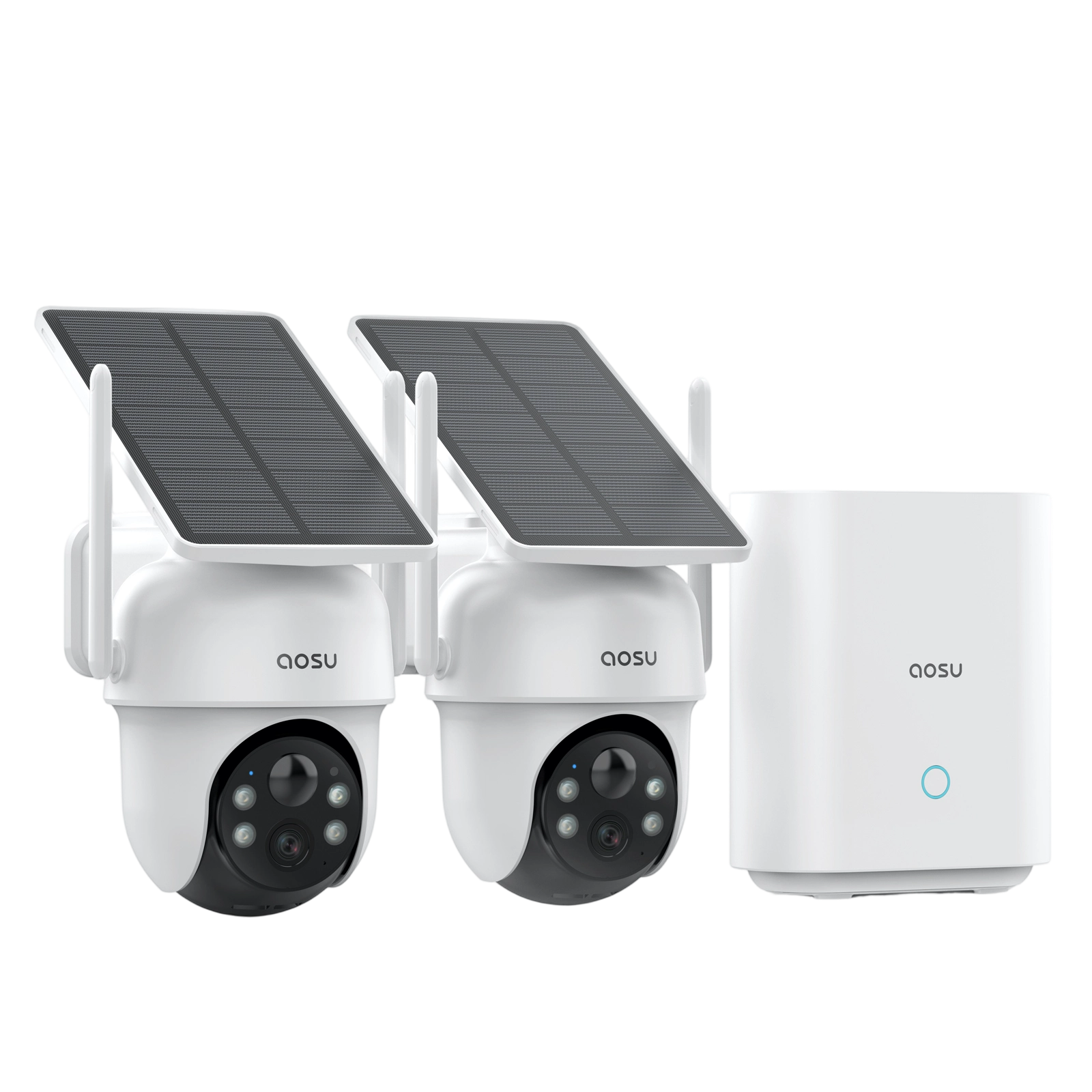
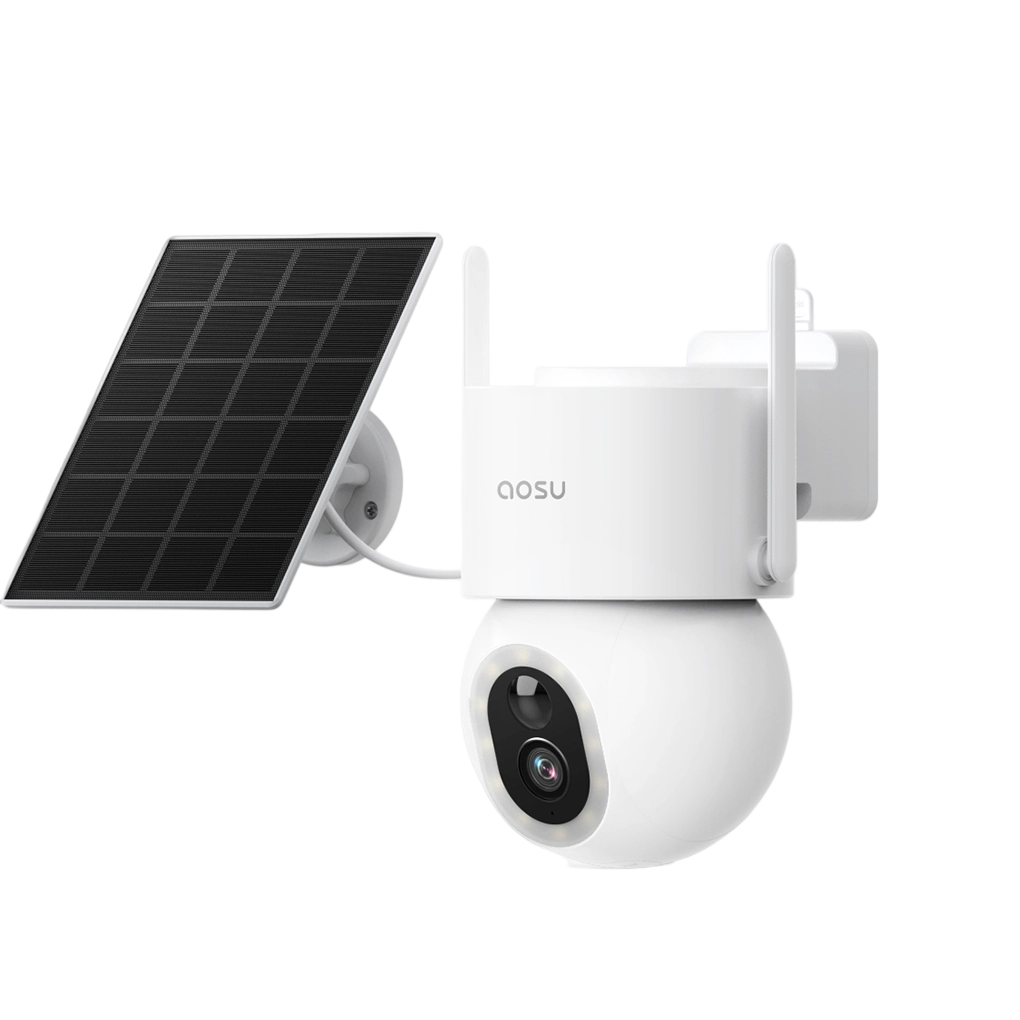
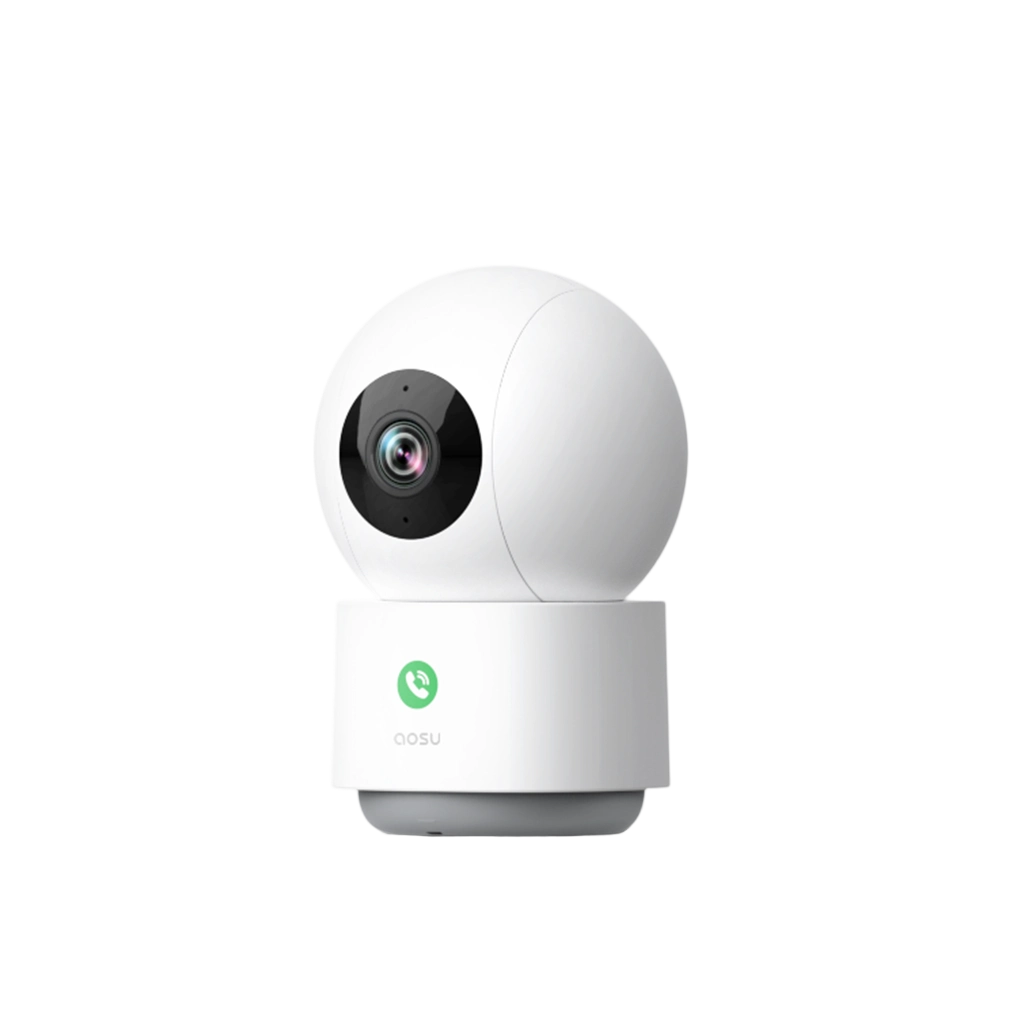
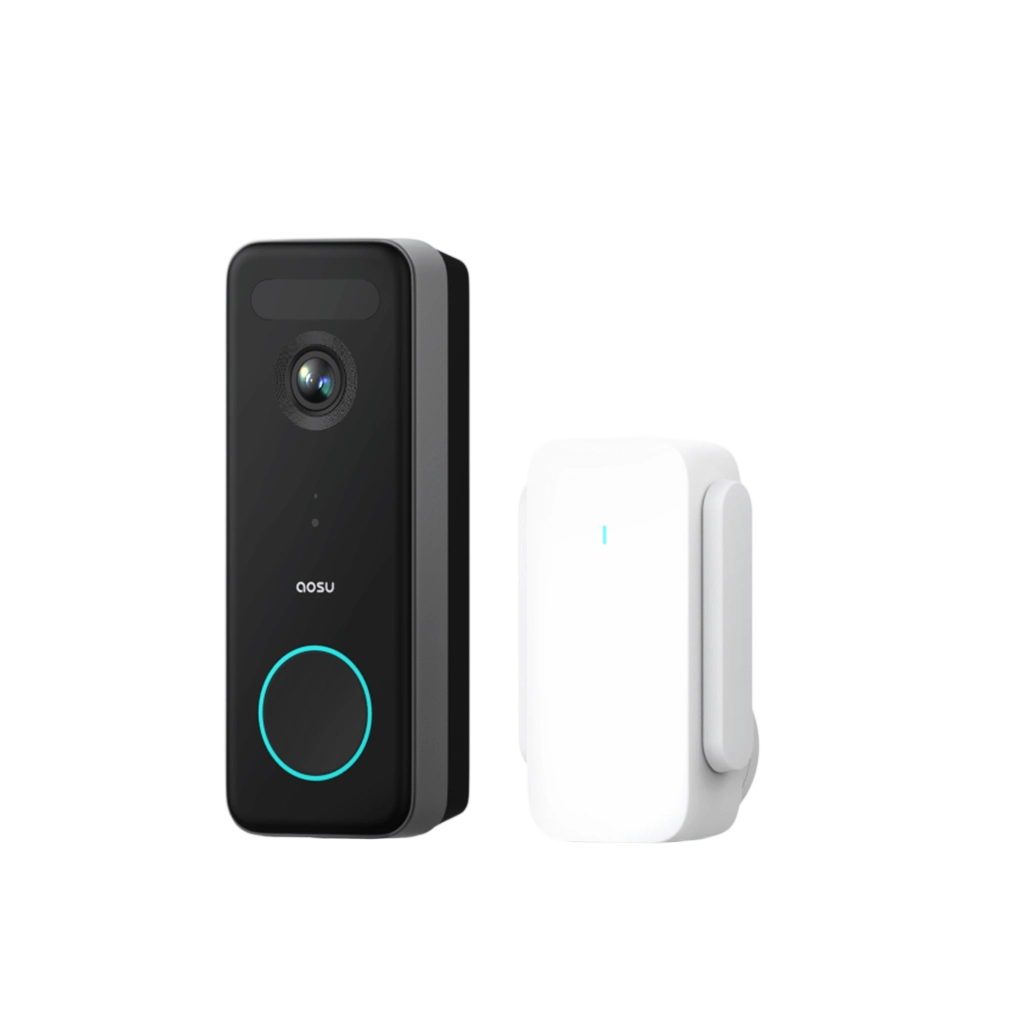
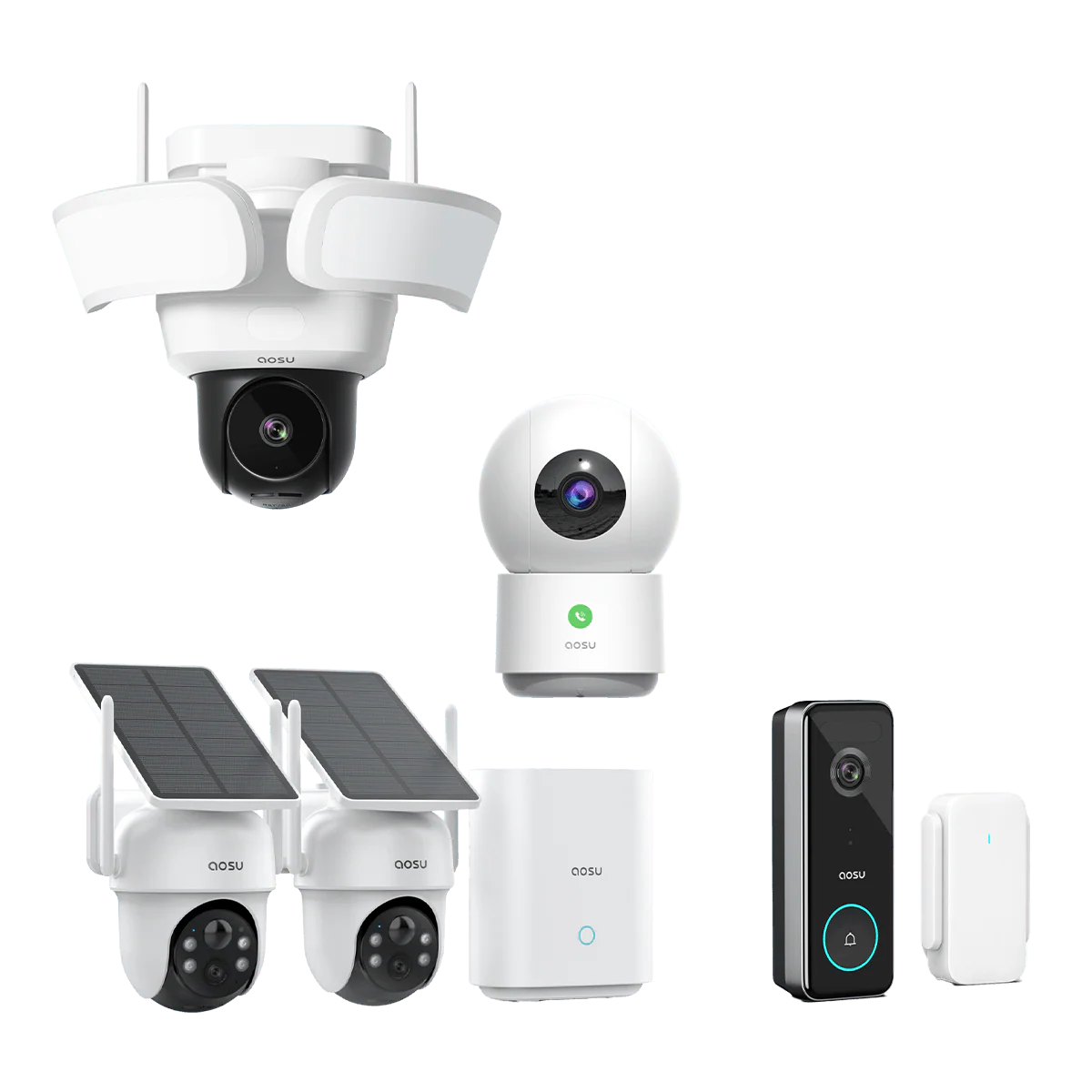
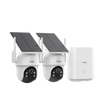
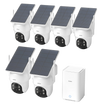
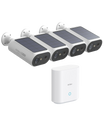
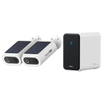
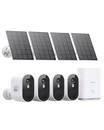
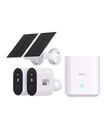
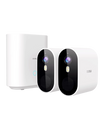
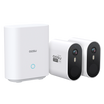
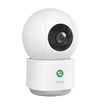
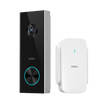
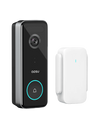
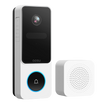
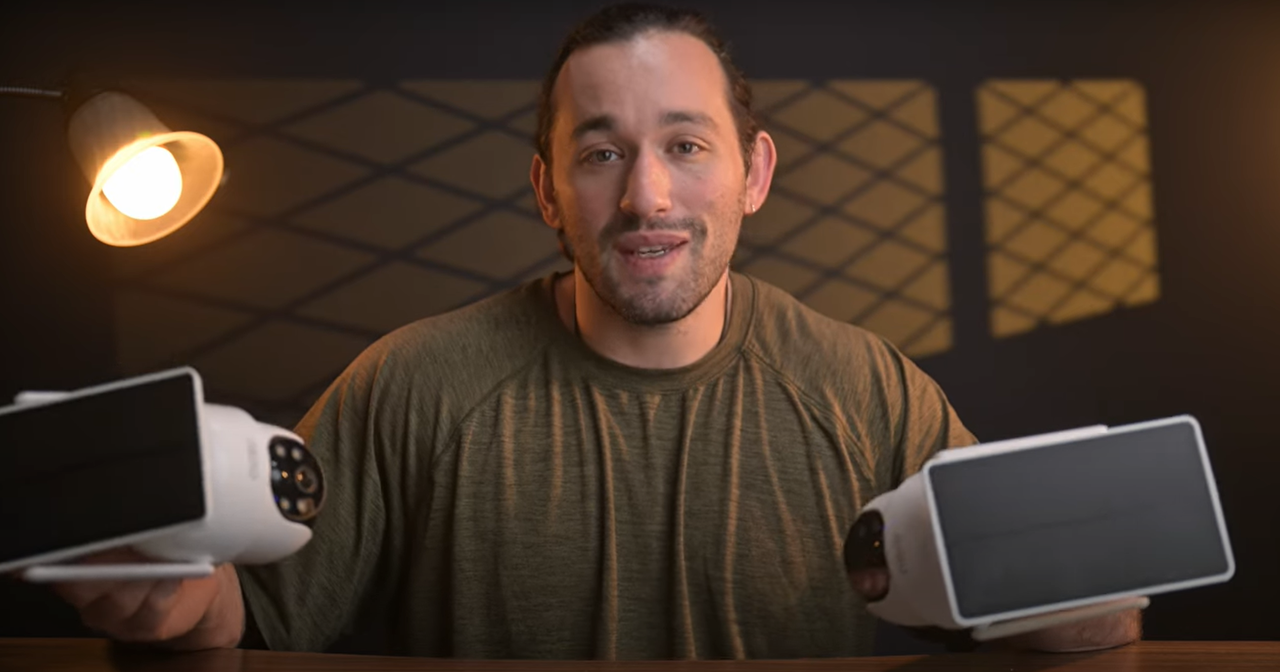
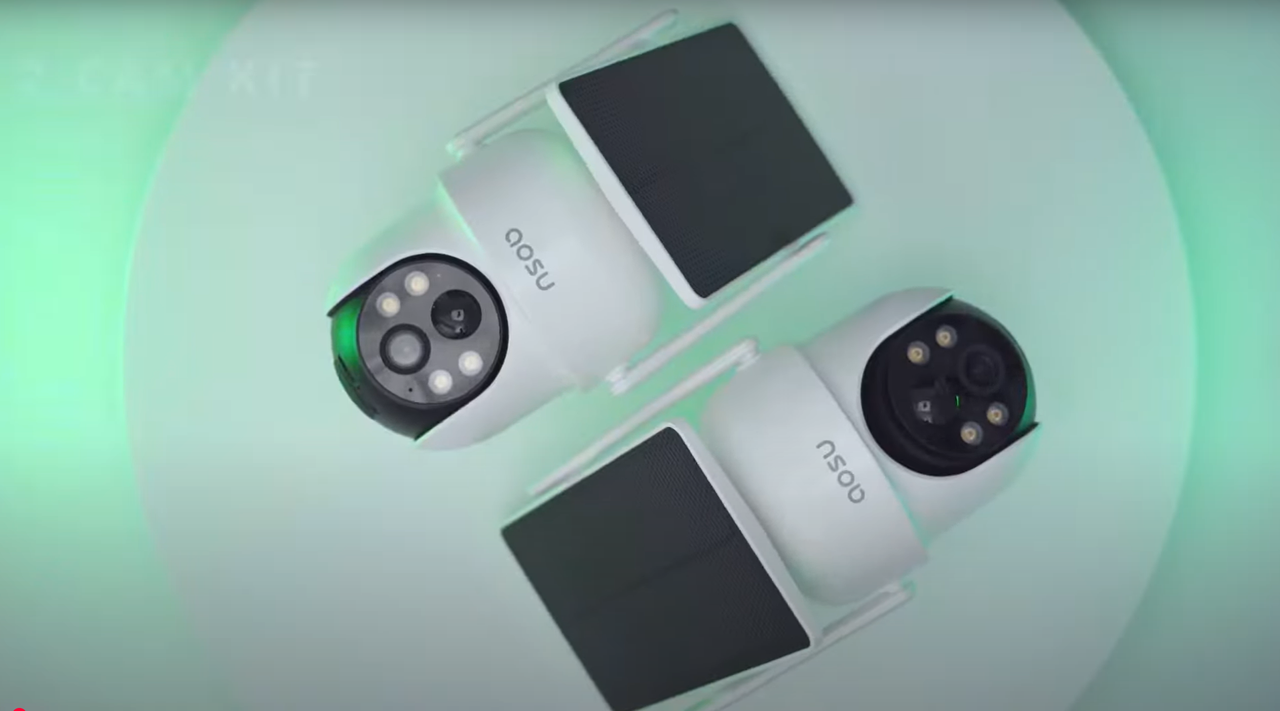


Zostaw komentarz
Ta strona jest chroniona przez hCaptcha i obowiązują na niej Polityka prywatności i Warunki korzystania z usługi serwisu hCaptcha.